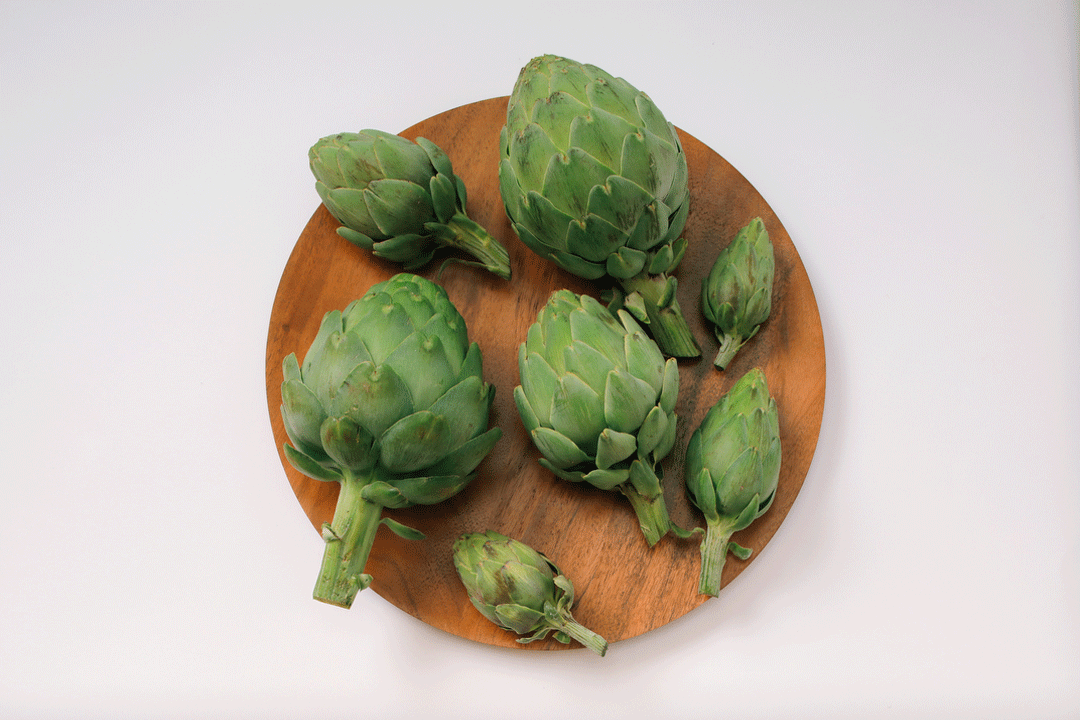Artichokes: How to choose
- Share via
Artichokes are available pretty much all year round these days, but there are two separate peaks for production, and we’re in the middle of the first one right now. That’s because all four of the primary varieties are being harvested.
For years, the only artichokes grown commercially were the big Green Globes that are planted around Castroville, Calif., just north of Monterey. Within the last five or so years, other varieties have been successfully planted in areas as varied as Lompoc and the Imperial Valley.
These new varieties -- Desert Globe, Big Heart and Imperial Star are the main ones -- look very much like the classic Globes, but they differ in one significant respect. These are annual plants grown from seed, whereas Globes are perennials that are grown from root stock.
That may seem trivial, but to artichoke growers it’s key because planting from seed allows much more flexibility. They can grow artichokes as part of a mix of row crops without having to commit land for a full 10-year run.
Choosing: Pick the freshest artichokes by squeezing the “leaves” (actually, they’re bracts, like the “flowers” on bougainvillea). Really fresh artichokes will squeak when squeezed.
It takes a strong constitution to walk past those cute little baby artichokes without picking them up. Don’t resist: They are one of the handiest vegetables around. The flavor is the same as that of the big artichokes, but the thorny bracts are more tender, and because they are so small, there is very little bristly choke in the center.
Like most other baby vegetables, artichokes aren’t really immature, but unlike most others, they don’t come from a specialized miniature variety. Instead, baby artichokes come from the same plants that throw up the big hubcap-sized ones that are so good for steaming.
Every artichoke plant produces a range of sizes -- one or two giants, a half-dozen or so mediums and a dozen or so babies. Because most people still eat artichokes only one way -- steamed and dipped in butter -- these smaller sizes often go neglected and are terrific bargains.
Trim them just the way you do the big guys, but leave the stems attached -- they have the same tender texture and great flavor as the heart.
More to Read
Sign up for The Wild
We’ll help you find the best places to hike, bike and run, as well as the perfect silent spots for meditation and yoga.
You may occasionally receive promotional content from the Los Angeles Times.










